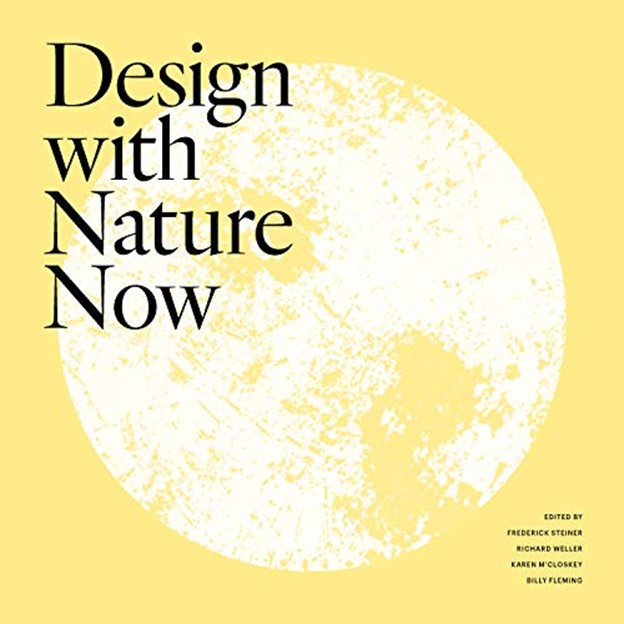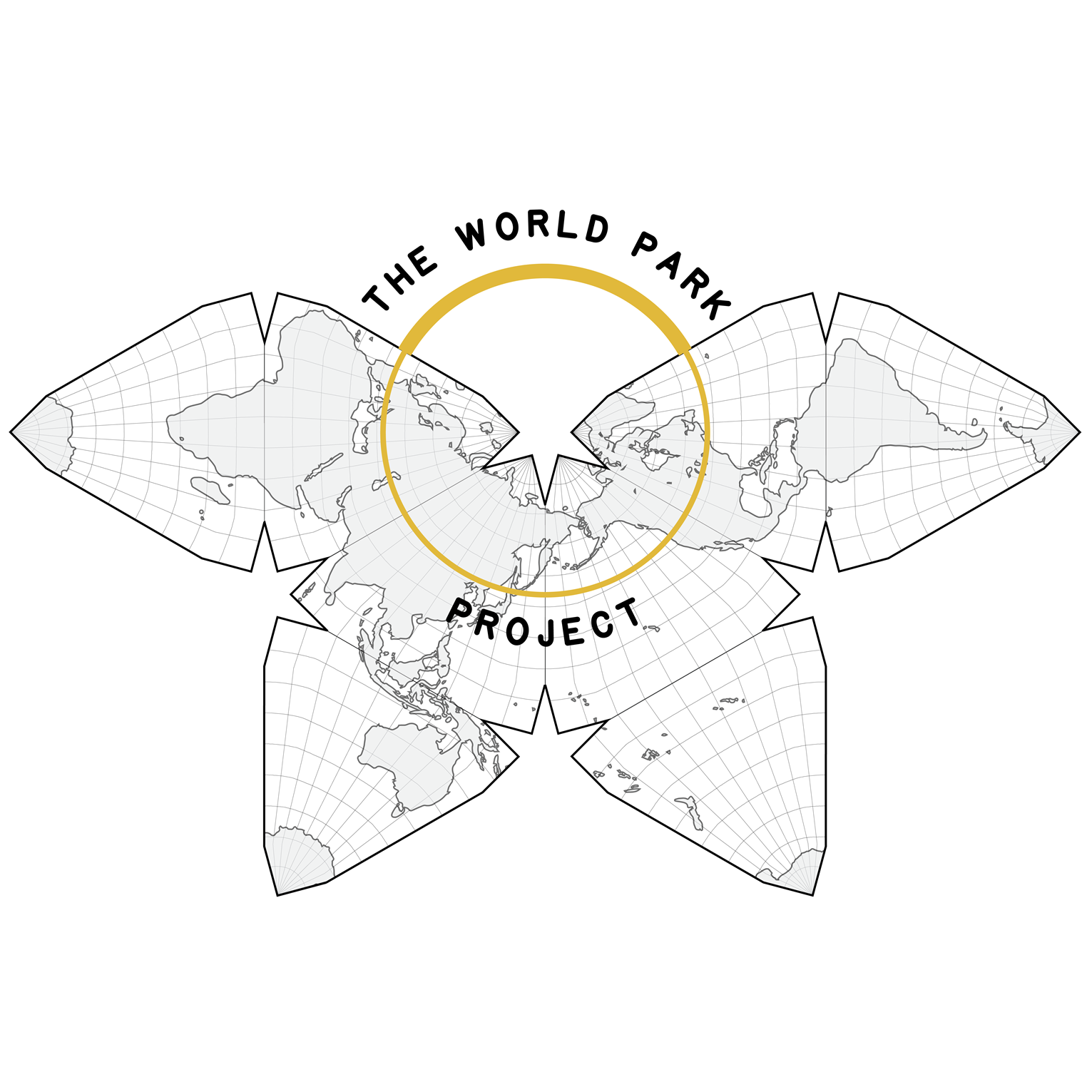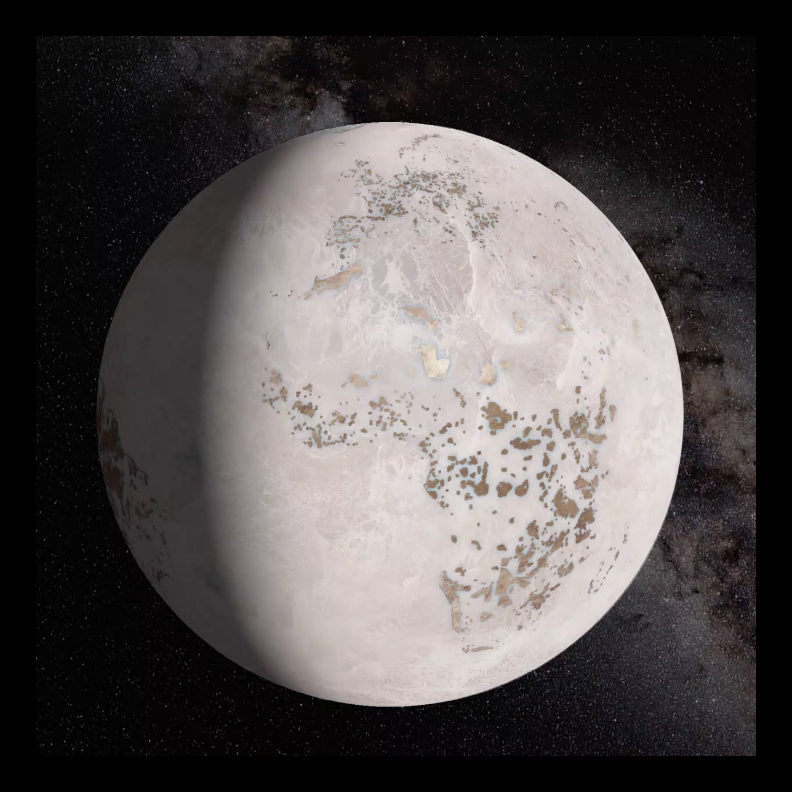Related Projects

Coming almost 450 years after the world's first Atlas, this Atlas for the End of the World audits the status of land use and urbanization in the most critically endangered bioregions on Earth. It does so, firstly, by measuring the quantity of protected area across the world's 36 biodiversity hotspots in comparison to United Nation's 2020 targets; and secondly, by identifying where future urban growth in these territories is on a collision course with endangered species.
By bringing urbanization and conservation together in the same study, the essays, maps, data, and artwork in this Atlas lay essential groundwork for the future planning and design of hotspot cities and regions as interdependent ecological and economic systems.

An exhibition, conference and book to honor the legacy of Ian McHarg, former Chair of landscape architecture at Penn and author of the groundbreaking 1969 manifesto Design With Nature. To mark the 50th anniversary of this text the DWNN book and international exhibition present a collection of 25 major works of landscape architecture that serve as models for a greater level of symbiosis between culture and nature in the 21st century.

Planned to coincide with the UN’s Decade on Ecosystem Restoration (2020-2030) the World Park Project is a global initiative to create three major walking trails and associated landscape restoration projects from Alaska to Patagonia in the north-south direction (the Pat-aska trail), Australia to Morocco in the east-west direction (the Aus-roc trail) and from Namibia through the heart of Africa up into Turkey (the Tur-ibia trail). At the global scale these trails are routed to travel through as many of the world’s so-called ‘biodiversity hotspots’—regions where endemic species are critically endangered—as possible. Similarly, at the regional scale the trails are planned to link together as many existing protected areas and world heritage sites as possible.

This design competition run by the Weitzman School’s design journal LA+ asks whether we can live with animals in new ways, whether we can transcend the dualism of decimation on the one hand and protection on the other, and how we can use design to open our cities, our landscapes, and our minds to a more symbiotic existence with other creatures. The competition received 259 entries from 31 countries.

We can’t live without biodiversity and yet we are actively perpetrating the 6th extinction. Biodiversity is not just saving pandas, though that too is important, it is a proxy for healthy ecosystems. Without healthy ecosystems there can be no healthy society. Biodiversity is an issue that cuts across local, regional and global scales of reference. These three scales are reflected consecutively in the 3 research projects and artworks: The Hotspot Cities Project, The World Park and Not the Blue Marble.
